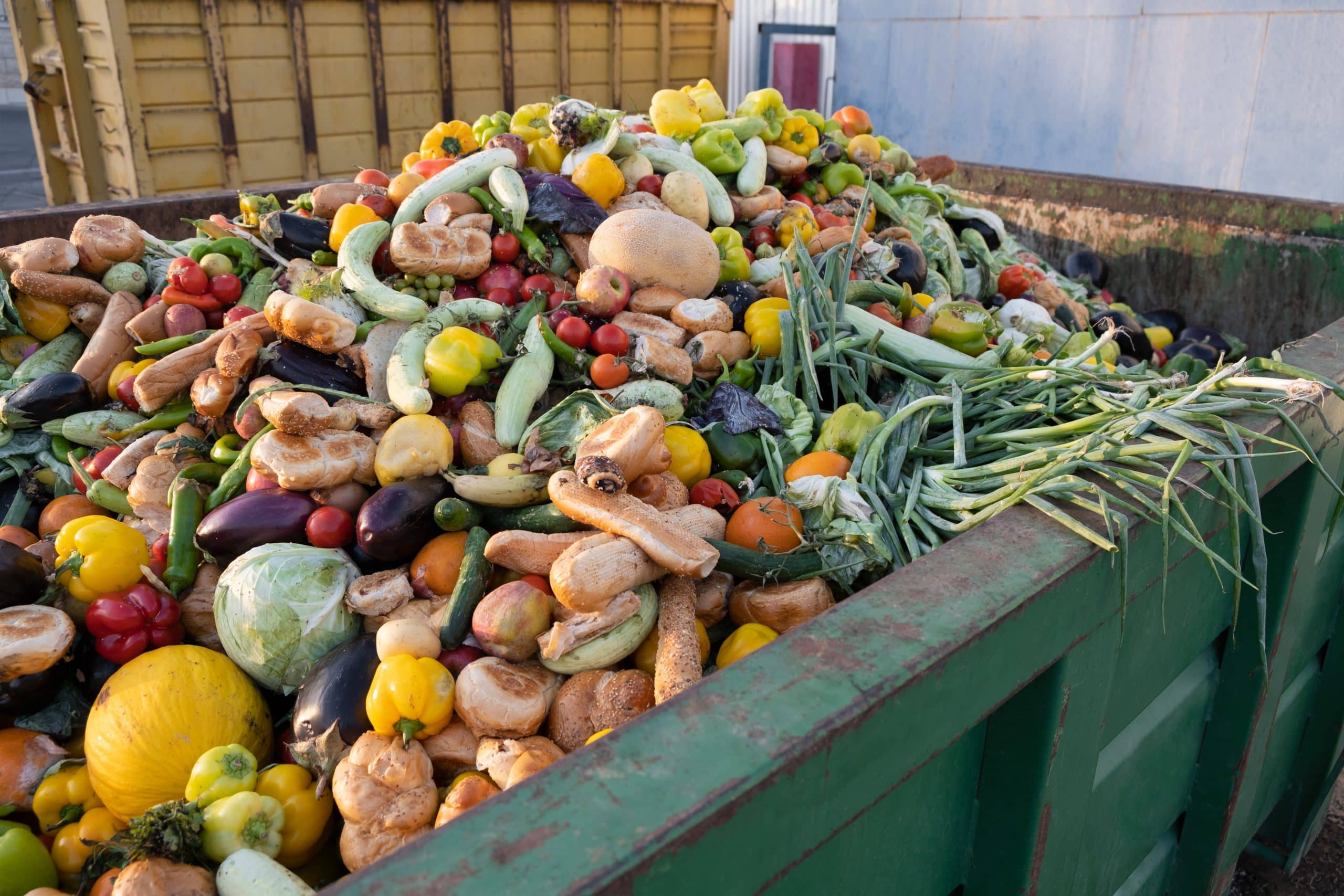As consumers, we often take for granted the vast quantities of food that line the shelves of our local grocery stores. However, a staggering amount of that food goes to waste each year. To help address this issue, our Sustainability Practice partnered with Zero Hunger Lab to conduct research on food waste in Dutch grocery stores. Through our analysis of a grocery store chain’s data, we were able to identify key factors contributing to waste levels and develop potential strategies for reducing waste. In this article, we will explore the potential for data-driven approaches to reducing food waste in the grocery industry.
Why companies avoid waste analysis: four common reasons
According to recent estimates, roughly one-third of all food produced globally is wasted, with between 150 and 300 kg of food wasted per person each year in Europe alone. In addition to the ethical implications of this waste, it also has significant environmental and economic impacts, with 23-24% of water, cropland, and fertilisers producing food that ultimately goes to waste. So, what are potential reasons why there is still so much food waste?
- Lack of knowledge on how to use data correctly: Companies may not know how to effectively analyse and interpret the data they collect on their waste. Without this knowledge, it can be difficult to identify specific areas where waste reduction strategies would be most effective.
- Difficulty acquiring data: It can be challenging to obtain accurate and comprehensive data on their waste, especially if they do not have proper systems in place for tracking it.
- Lack of expertise: They may not have employees with the necessary skills and expertise in data analysis to effectively interpret and act on waste-related data.
- Low priority: Waste reduction may not be a high priority for them. This could be due to a focus on other business priorities, a lack of awareness of the environmental and economic impacts of waste, or other factors.
Despite these challenges, addressing food waste will be critical for companies that want to stay competitive and sustainable in the years to come. By partnering with experts in data analysis and sustainability, they can begin to identify and address areas of waste within their supply chain, ultimately helping to reduce waste and promote a more sustainable future.
Leveraging Azure and Databricks to analyse food waste data
One of the key goals of our project was to create a setup that would allow us to eventually develop a predictive model or dashboard. This can help grocery stores optimise their inventory management and reduce waste by predicting where waste will occur in the future. To achieve this, we first needed to gather and analyse a significant amount of data.
We worked in Azure, which allowed us to securely store and access the food waste data provided by the grocery store chain. We used Blob for storing all the data in a secure way, and Databricks for visualisations. Once we had the data, we spent time cleaning and organising it to ensure that it was in the right format for analysis. This was a critical step, as the accuracy of our insights depended on the quality of the data we used.
After cleaning and organising the data, we used a variety of analytical techniques to identify patterns and trends in the data. This included examining waste trends and volumes, as well as sales data to gain a better understanding of the factors driving waste in the grocery stores.
How can ADC help your organisation reduce its waste?
Data analysis is a powerful tool for identifying where waste occurs in a store, company, or business. This information can be incredibly helpful in reducing waste and optimising operations.
For example, our data analysis techniques identified the products that are most commonly wasted and the reasons why. We found that bread and fruit were the most problematic products, with up to 9% of products in these categories being wasted. Furthermore, we found that products are typically wasted due to reaching their expiry date, with 2% to 4% of dairy, meat, and vegetables being wasted. By identifying these patterns in waste, we can work with businesses to develop strategies to reduce waste in these areas.
Moreover, identifying areas of waste through data analysis can also help companies identify cost saving opportunities. For instance, reducing waste means reducing costs associated with purchasing, handling, and disposing of products that ultimately go to waste. By reducing waste, companies can also enhance their sustainability credentials and appeal to consumers who prioritise environmentally responsible businesses.
Let's shape the future
Would you like to know more about ADC? Do you want to discover how we can help your organisation use data to tackle food waste? Get in touch with Julia van Huizen (Agriculture & Food Lead) at jvanhuizen@adc-consulting.com, or check our contact page.

What stage is your organisation in on its data-driven journey?
Discover your data maturity stage. Take our Data Maturity Assessment to find out and gain valuable insights into your organisation’s data practices.







